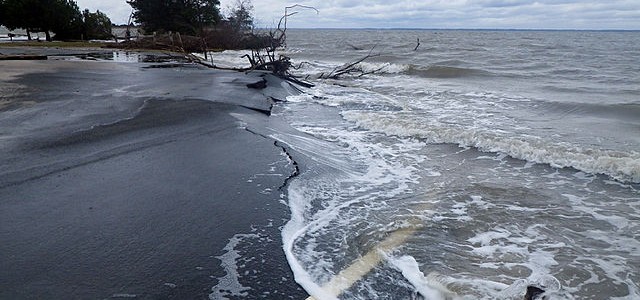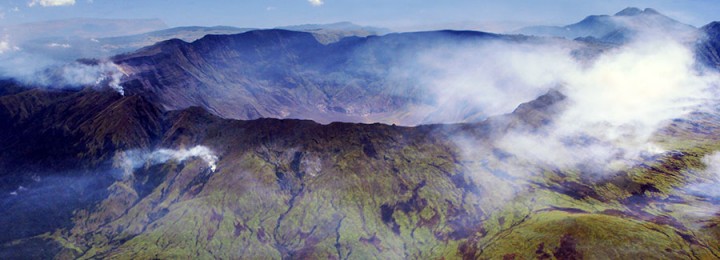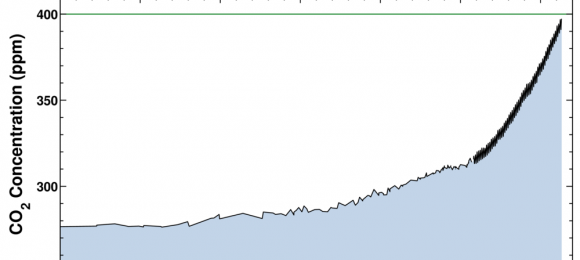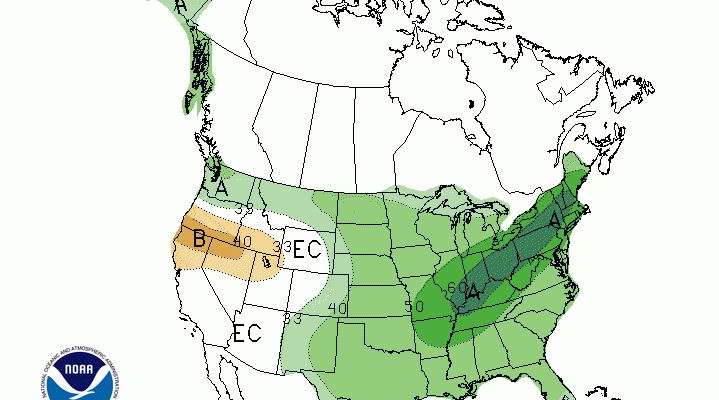2018
-

Here is an interesting time-lapse video showing the power outages from Hurricane Michael. Over 3.1 million customers affected, and at one point 1.6 million people were without power. Check it out at https://imgur.com/GRV1J7w.
-

Our latest question from the Georgia Climate Project’s Roadmap of important research questions on Georgia’s future climate vulnerability addresses the changing risk of extreme events such as hurricanes, floods and droughts. It asks how the changes in the risks is affecting the costs of addressing climate change on different time scales and what the implication…
Posted in: Climate science -

What links together the invention of bicycles and the writing of Mary Shelley’s novel Frankenstein? If you guess a historical climate event, you are exactly right! This year marks the 200th anniversary of the famous novel and next year will be the 200th anniversary of the development of the modern bicycle. Both of these events…
-

I recently ran across this story from January 2018 which describes an invited talk that Edward Geller, famous physicist and part of the Manhattan Project, gave to a gala celebration noting the 100th anniversary of the petroleum industry. According to a transcript of the speech, given in 1959, Geller warned petroleum executives that the increase…
-

The latest monthly and 3-month outlooks for the US show that in November the forecast from NOAA’s Climate Prediction Center leans toward warmer and wetter conditions than normal, particularly in the coastal areas of the Southeast. For the November through January period, the influence of the developing El Niño is seen, with equal chances of…
Posted in: Climate outlooks -

The latest 7 day QPF map shows that Florida is expected to see scant rain in the next week. The coastal plains of Alabama, Georgia, and the Carolinas are expected to see half an inch or less, so abnormally dry conditions should continue there. Coastal waters and the higher elevations parts of the Southeast will…
Posted in: Climate outlooks -

Atlas Obscura had a very interesting post in October that discussed how scientists are using prehistoric sand ripples that have been preserved in rocks from about 200 million years ago to determine what the weather was like. These scientists from MIT used rocks from Massachusetts that had both preserved ripples and dinosaur tracks on old…